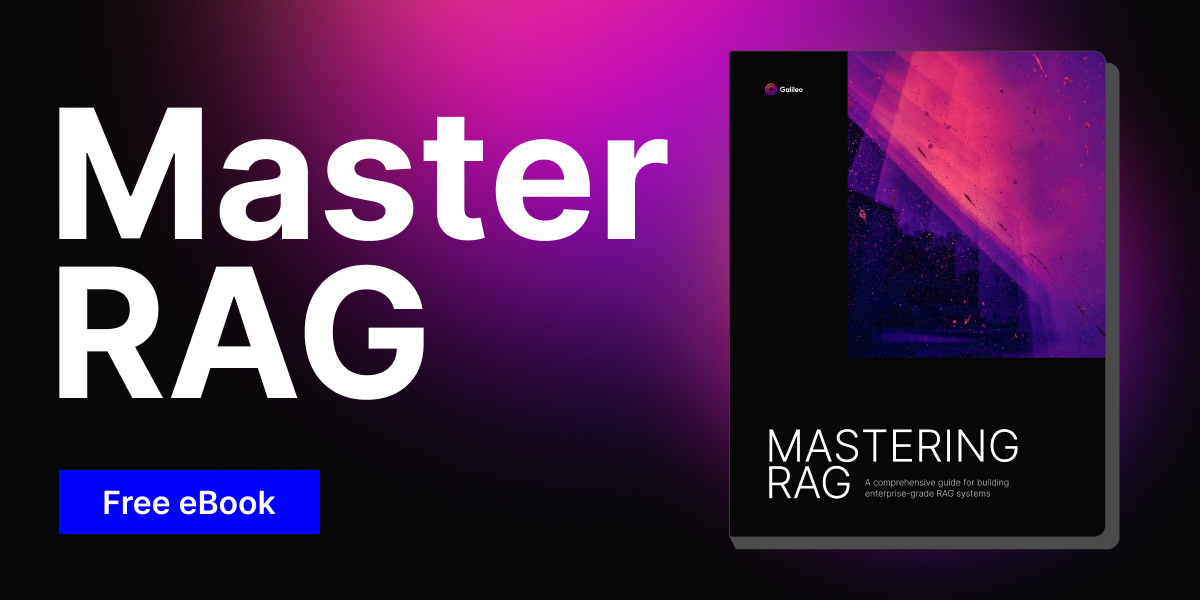Next Week in The Sequence:
Edge 433: Our series about SSM continues with the introduction of the SAMBA model and the concept and SSMs for long-context windows. We review the original SAMBA paper and Microsoft’s Task Weaver agent for analytic workloads.
Edge 434: We dive into DeepMind’s amazing GameNGen model that can simulate an entire game of Doom in real time.
You can subscribe to The Sequence below:
📝 Editorial: The Big Bucks in Gen AI Investments
Mega financing rounds are the norm in this wave of generative AI, but have you ever wondered where the money comes from? One might assume that venture capital (VC) funds are driving the massive valuations of foundation model startups. After all, firms like Thrive Capital have been active in major rounds at OpenAI. However, that assumption would be misleading. The traditional VC industry is simply too small to sustain regular rounds of tens of billions of dollars. The main source of capital for foundation model makers is coming from strategic investors, specifically the hyperscalers such as Microsoft, Google, Amazon, and NVIDIA.
This phenomenon is unique to this wave of generative AI and is based on three key factors:
The capital required to continue pushing the scaling laws of foundation models is in the hundreds of billions of dollars.
The business model for most large foundation model makers revolves around achieving AGI (Artificial General Intelligence), which, as an investment thesis, is too long-term for most VCs.
Much of that investment is used for cloud computing hours and GPU purchases, effectively returning the money to the investors themselves.
Just this week, Microsoft and BlackRock announced a massive $30 billion fund focused on AI infrastructure. The alliance combines Microsoft’s strategic view of the AI market with BlackRock’s global fundraising capabilities. This may be one of the largest tech investment funds ever raised with a single focus. Also this week, Salesforce announced plans to expand its AI venture investments to $1 billion, marking the most ambitious strategic VC initiative among SaaS providers.
The trend of strategic capital displacing financial VCs in foundation model markets is likely to accelerate as the scaling laws of these models continue to push forward. Ironically, it seems the VC industry is being disrupted by AI itself.
💎 We recommend
We're excited to share a new FREE eBook by Galileo – Mastering RAG: a comprehensive guide for building enterprise-grade RAG systems!
Get your copy today to enjoy 200 pages of in-depth content on chunking, embeddings, reranking, hallucinations, vector databases, RAG architecture, testing, evaluation, and so much more...
Download Mastering RAG to learn how to:
Reduce hallucinations, use advanced chunking techniques, select embedding and reranking models, choose a vector database, and much more
Overcome common challenges with building RAG systems
Get your system ready for production and improve performance
🔎 ML Research
Eureka
Microsoft Research published a paper proposing a framework and methology for evaluating foundation models. Eureka supports both language and multimodal evalaution pipelines —> Read more.
Neptune
Google Research published a paper introducing Neptue, a new dataset for long-term video understanding. Neptune includes question-answering scenarios for videos up to 15 minutes long —> Read more.
GRIN
Microsoft Research published a paper detailing GRIN: GRadient-INformed MoE, a new MoE architecture that incorporates expert routing based on sparsed gradient optimizations. With just 6.6B parameters, GRIN outperforms much larger models in reasoning and math evaluations —> Read more.
Qwen2.5-Coder
Alibaba Research published the technical report for Qwen2.5-Coder. The research covers the details of 1.5B and 7B variarios trained in 5.5 trillion tokens —> Read more.
NVLM
NVIDIA Research published a paper detailing NVLM, a family of frontier-class multimodal large language models. The model seems to achieve performance comparable to GPT-4o and Llama 3.1 especially on language tasks —> Read more.
Self-Correcting LLMs
Google DeepMind published a paper outlining SCoRe, a technique for developing self-correcting LLMs using reinforcement learning. SCoRe uses data self-generated data that translate into self-correction traces which steer the model into a specific direction —> Read more.
🤖 AI Tech Releases
Opik
Comet ML open sourced Opik, a tool for monitoring and evaluating foundation models —> Read more.
SQL Console for AI Datasets
Hugging Face released a SQL console for its dataset repository —> Read more.
Gen AI for YouTube
Google DeepMind announced new gneerative AI features for YouTube creators —> Read more.
🛠 Real World AI
Jupyter Notebooks at Meta
Meta discusses the best practices and frameworks for using Jupyter notebooks in their ML infrastructure —> Read more.
ML Pipelines at Yelp
Yelp discusses the use of Cassandra and Spark in their ML pipelines —> Read more.
📡AI Radar
Digital art legend Refik Anadol unveiled a large nature model built by fine-tuning Llama.
Microsoft and BlackRock partnered to launch a massive $30 billion AI investment fund.
Black Forest Labs, the image generator behind Grok, is raising $100 m illion at $1 billion valuation.
Salesforce Ventures expands its AI investments to $1 billion.
AI video platform Runway anchored a partnership with Hollywood’s Liongates Studios.
AI coding editor Supermaven raised $12 million in a new round.
AI for meetings platform Fathom raised $17 million in new funding.
AI sales automation platform Rep.ai raised $7.5 million to boost its AI digital-twin solution.
11x.ai raised $24 million to build AI digital employees.
Chatbot Arena has a dedicated site.
OpenAI might remove its nonprofit structure after the current fundraise.
AI content platform Typeface announced two new acquisitions.




